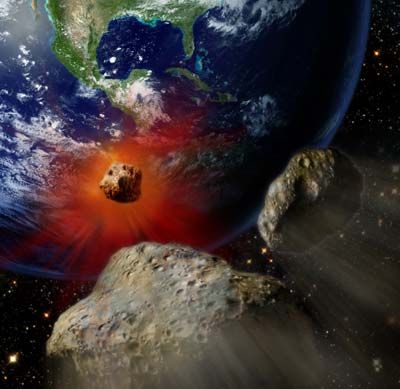When paleontologists first uncovered a cluster of Jurassic dinosaur embryos in China in 2010, two events probably occurred almost at once: Steven Spielberg secured the movie rights, and Povich's people booked the fossilized remains for a "Who's the Baby Daddy" episode of "Maury."
But scientists rejoiced for a much simpler reason: the opportunity to figure out how such big things grew from such small packages.
Advertisement
It's a subject about which we know surprisingly little, as paleontologist Jack Horner explained in his 2011 TED talk. After examining the microscopic structures of several bones, Horner determined that certain dinosaurs underwent the same pattern of bone growth as some of their bird descendants. Just as a cassowary doesn't develop its characteristic bone ridge until late in life, some dinosaurs retained juvenile features into near adulthood. It turns out paleontologists had read the bones all wrong: Five supposedly distinct Cretaceous species were actually younger versions of known dinosaurs [source: Horner].
Clearly, more information is needed, and that 2010 discovery of a Lufengosaurus colony's nesting site (and the related 2013 paper published in Nature) is exactly the bonanza scientists were looking for. The site contained 200 bones of the long-necked plant eater's offspring, along with bone fragments and eggshells -- altogether comprising several nests and at least 20 embryos in various stages of development. Estimated at between 190 and 197 million years old, they are the oldest dinosaur embryos ever found [sources: Reisz et al.; Than].
That was more than enough to keep paleontologists and dinophiles alike geeking out for weeks, but there was more. Almost as a footnote, scientists announced that among the bones they had also detected "organic residues, probably direct products of the decay of complex proteins" [source: Reisz et al.]. Soon the inevitable question was raised: Can we finally resurrect dinosaurs?
The question isn't as crazy as it used to be, but the answer is still no. Despite astonishing leaps forward in the fields of genetics and genomics, practical problems with obtaining and cloning dino DNA likely make "Jurassic Park" an impossibility, even as ethical concerns and unintended consequences might make us wonder if it's even a good idea to try.
Advertisement



